If you do a quick Google search for “mood board”, you’ll get a quick definition “A mood board is a visual tool used to communicate the aesthetic direction of a project. It's a collage of images, text, colors, and other design elements that help define the overall mood and style. Essentially, it's a way to visually express the "feel" of a project before any actual design work begins”. But Google doesn’t dive into how interior designers pull the elements together, to help define the personal style of each client. What actually goes into creating a mood board, for someone you just met? Before we start any type of space planning, the mood board guides us from the beginning to the final presentation of a design.
Here’s how we create mood boards, as part of our interior design process:
The research for a mood board begins before we step foot on the project site. We send out detailed questionnaires to see how our clients live, what their expectations are, and a big section on style and budget. We make sure we’re fully aware of what this client wants before we see their home.
Once the design phase begins, we conduct several interviews with the decision makers. The questionnaires gave us a glimpse into their taste, so we prepare for these meetings with literally hundreds of textile samples, paint and finish samples, even rug samples, in our bag.. Believe it or not, this is a great way to hone in on someone’s preferences, even when they say they aren’t sure what their style is! If a client is drawn to a fabric, we ask why; same question if they don’t like something. Listening to what is said, and what is not is key. This is the best form of research and we’ll take this information back to build a mood board.
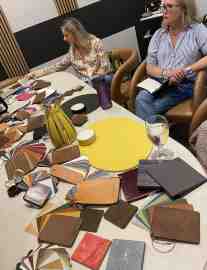

We take what we learned from our interviews and we start ordering even more samples. Honestly, we can say there have been projects where we had thousands! Using the interview meetings as our guide, we collect these samples based on the feedback from our clients. Paint color, wall coverings, wood finishes, fabrics and more and more fabrics are ordered and refined to create a visual vibe for the vision our clients reveal in the interviews.

How the elements are pulled together is key to ensure the client understands our interpretation of their vision- a “blueprint” of their design that they can see, feel, and touch. We create both an electronic and physical mood board combination to deliver the concept, vision and vibe of the design. Each piece plays a role in the overall concept, whether it’s for one room, or an entire home. A mood board does not need to be a singular display; we present several electronic slides (think Canva or Powerpoint) to convey this vision. Typically, furniture pieces, whether intended for use in the design or inspiration, are coupled with the electronic images of the textile samples. The physical samples help our clients understand what they see on the screen.
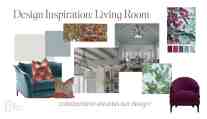
This is where we receive client feedback on the mood board. What is working, what isn’t. Client input is the most important contribution to the mood board process. After all, it’s their home, not ours. Once we get feedback, we refine even more, and future meetings are scheduled.
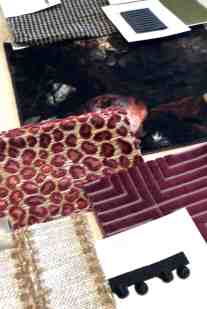
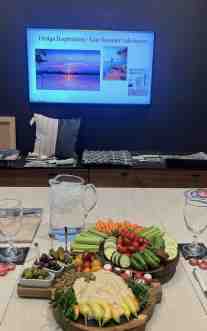
The mood board is the guide for the direction of the project. Everything relates to it, even as the project evolves. Making sure the vision is interpreted in every element, makes each design unique, keeps it on track regarding timeline, and helps our clients understand the design direction.

Do you save mood boards on Pinterest or other sites? Are they similar to what you love, but maybe need a little tweaking? Give us a call, and let us create a mood board for your project, where we interpret your vision and make design dreams come true!
Also check out our blog HERE on why you should work with an interior designer.

Interior design rules have long provided structure—but in 2026, many of them are quietly being set…
View Post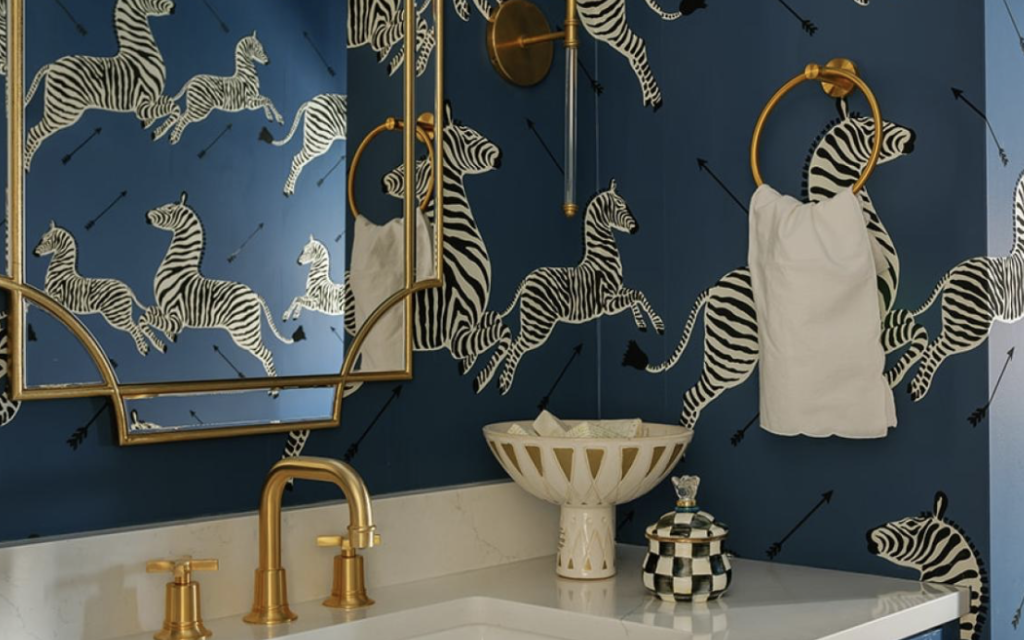
Design Trends vs. Timeless Style: What We Recommend, and Why Every year brings a new wave of…
View Post
The holidays are the perfect time to make your home feel cozy, festive, and full of personality.…
View Post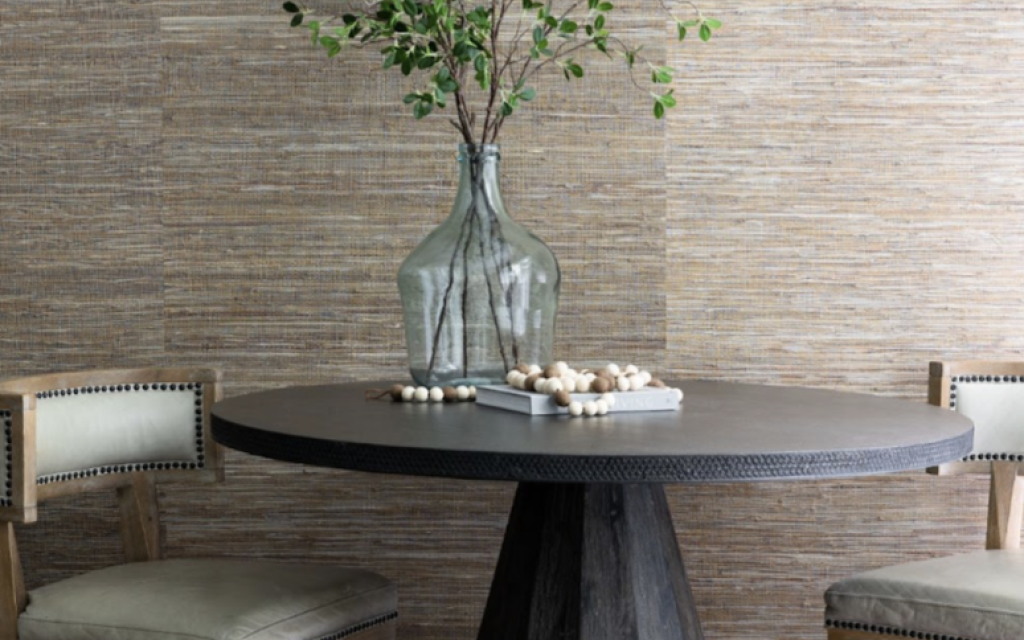
Once dismissed as “too traditional" or “outdated”, brown is officially back and trending big time..…
View Post